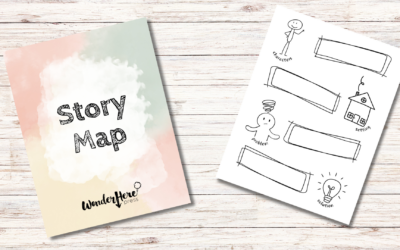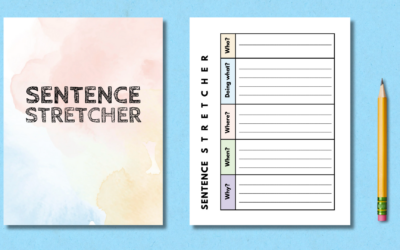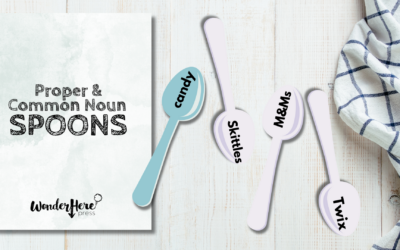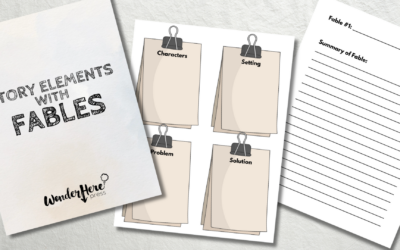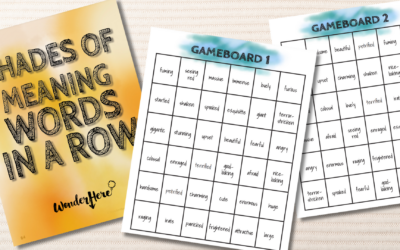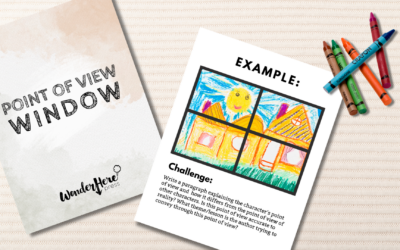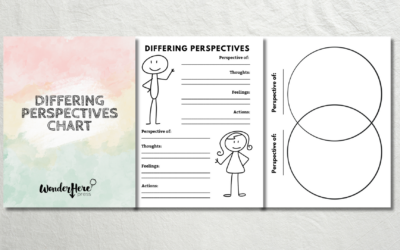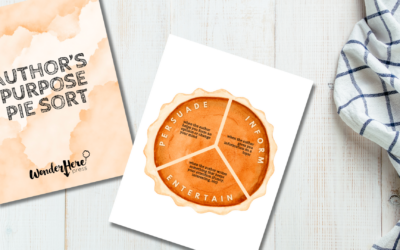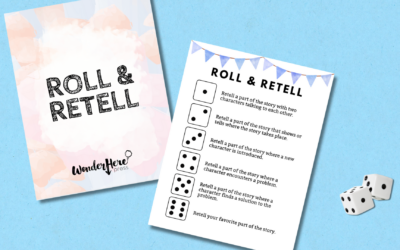Identify the characters, setting, problem, and solution of any favorite fiction text! Learning Benchmarks: Primary: The child effectively utilizes text comprehension strategies. Post-Primary: The child effectively utilizes text comprehension strategies....
Post-Primary
Filter by
Age
or
Filter by
SKILL
or
Filter by
Activity
Sentence Stretcher
Good writers know how to S-T-R-E-T-C-H their sentences by adding in important details. This activity will help your child do just that! Either laminate or place this page in a page protector to use with a dry erase marker for future use, or make copies to use with a...
Proper & Common Noun Spoons
Check out this fast-paced, competitive game that will help your children tell the difference between common and proper nouns. Players: 4-8 Objective: To become the first player with 4 matching spoons. Choose if you want to use the Beginner Level sets or the Advanced...
Story Elements with Fables
Fables are a great way to teach children how to identify the elements of a story - characters, setting, problem, & solution! Choose three fables to read from from read.gov/aesop/001. Write the title of the first fable and a summary where prompted. On the next...
Shades of Meaning Words in a Row
There are many different levels of intensity between the words mad and infuriated, or glad and ecstatic. Level up your understanding of synonyms by introducing this concept of “shades of meaning”. Objective: To be the first player to get six words in a row. Players:...
Point of View Window
It’s important for children to consider not only the main character’s point of view, but also that of other characters “looking from the outside in”. This artistic activity will help your child do just that! 1. Reread a fiction book (or section/chapter) 2. Select a...
Differing Perspectives Chart
When reading a story with multiple characters, it is important to consider their different perspectives about what's happening in the story. This activity will help your child use evidence from the text to analyze characters' perspectives.Learning Benchmarks:...
Author’s Purpose Pie Sort
The AUTHOR'S PURPOSE refers to the reason why an author wrote a story. It can be important for a reader to have an understanding about why the author wrote the text so that the reader can have a better understanding of what the text is about and take a position or...
Roll & Retell
A good marker for understanding what you read is the ability to retell a story in your own words. The best part? Children can use play to practice story retelling. This skill also lays an important foundation for telling their own original stories. So grab a pair of...

WonderHere LLC © 2025 All Rights Reserved

